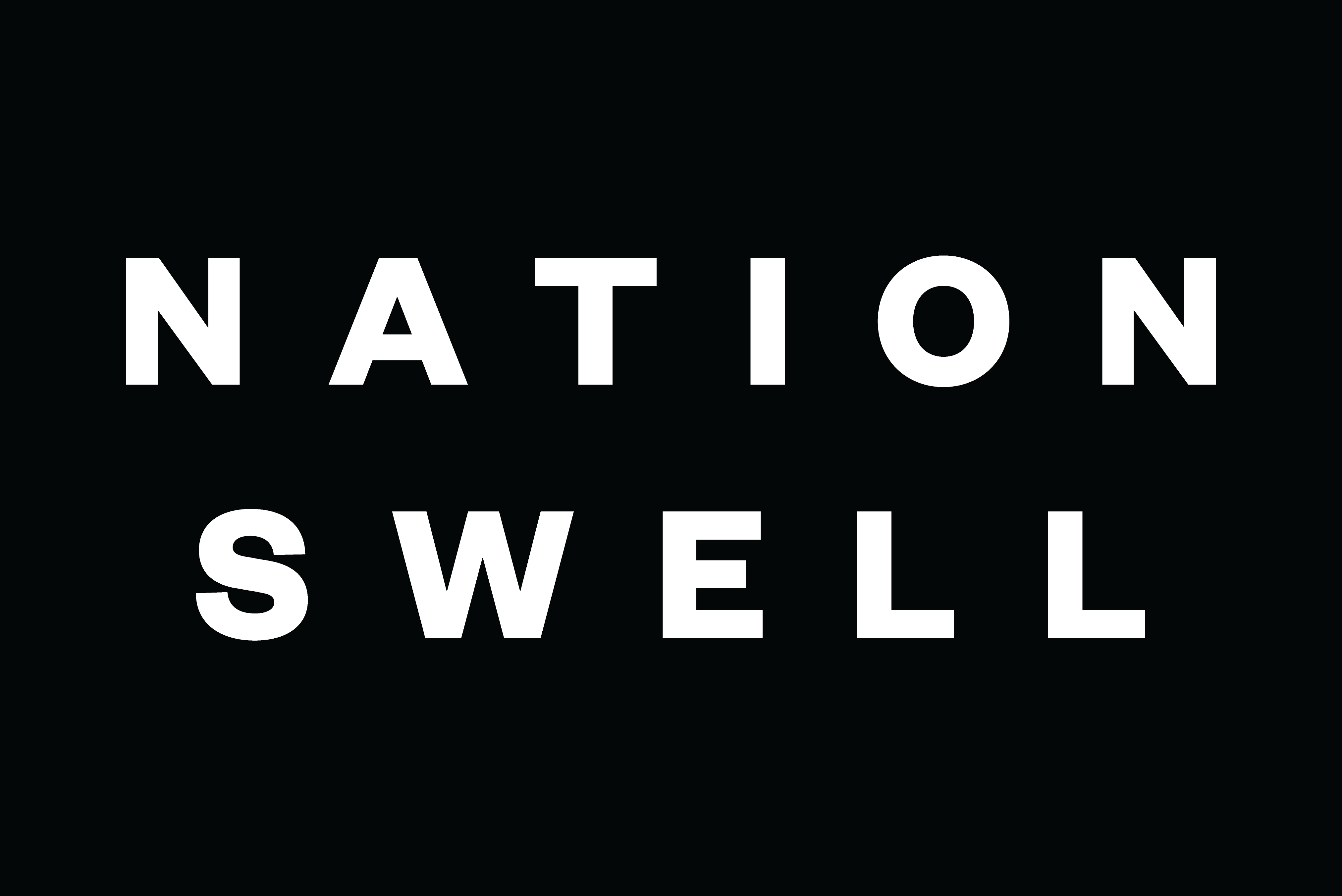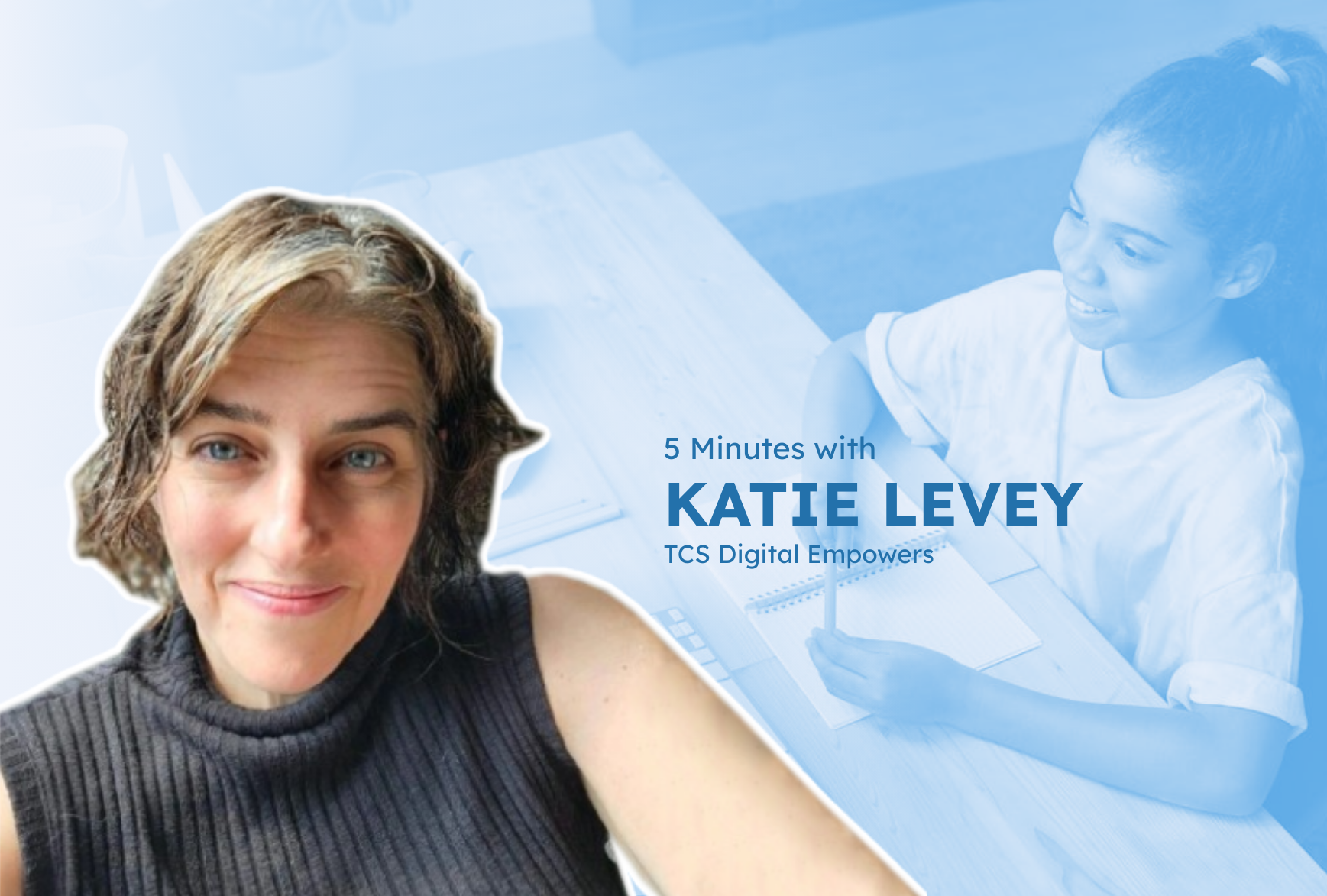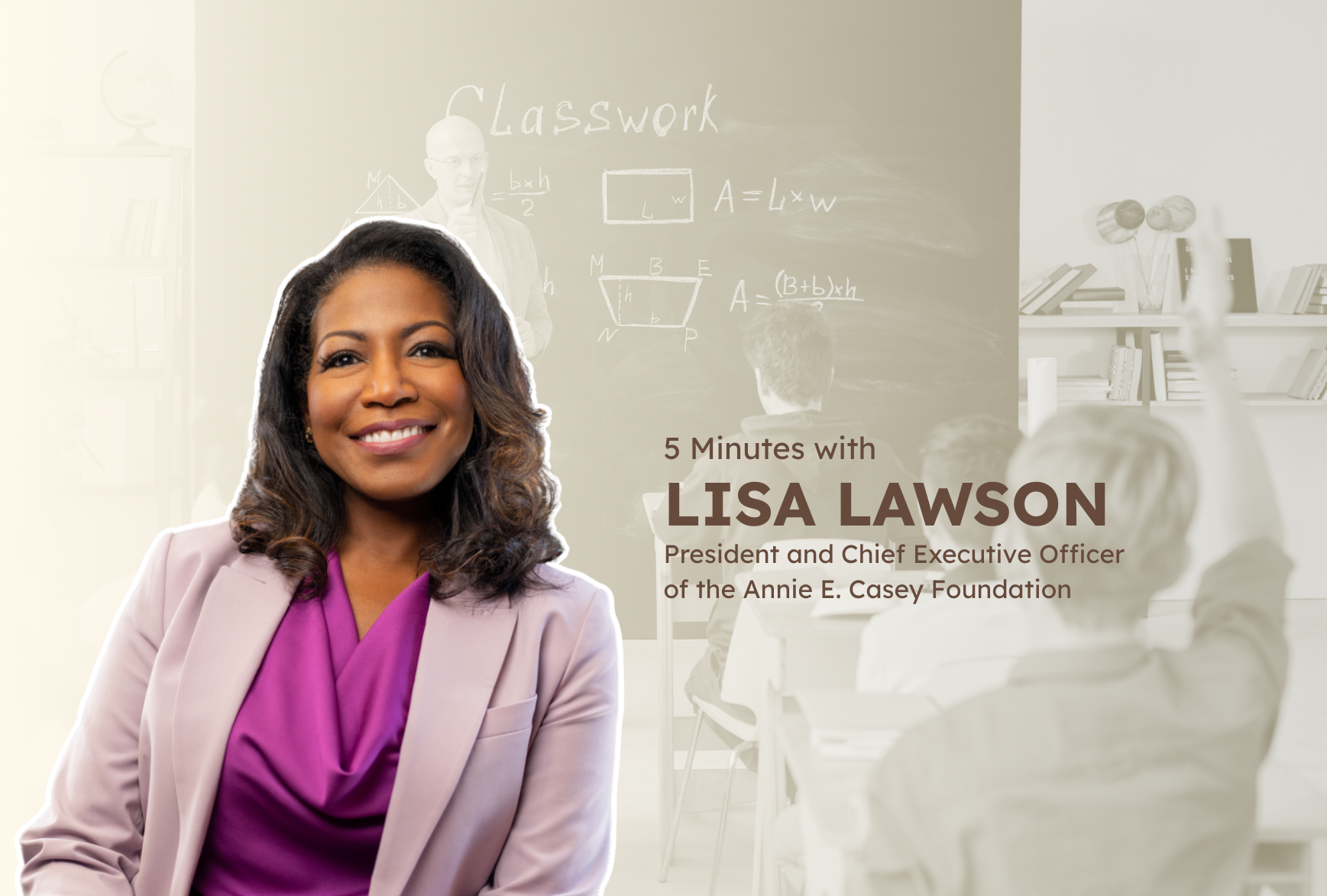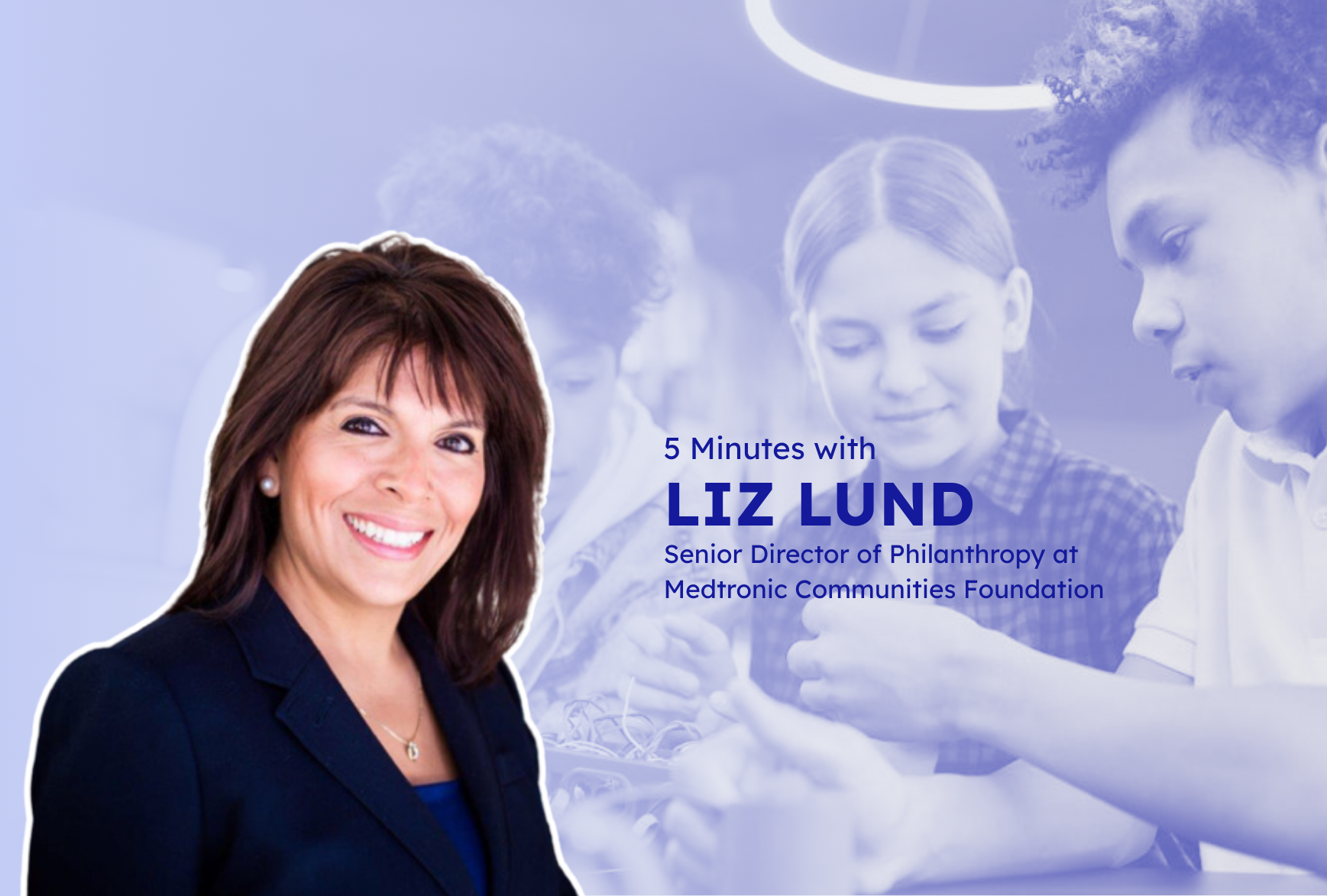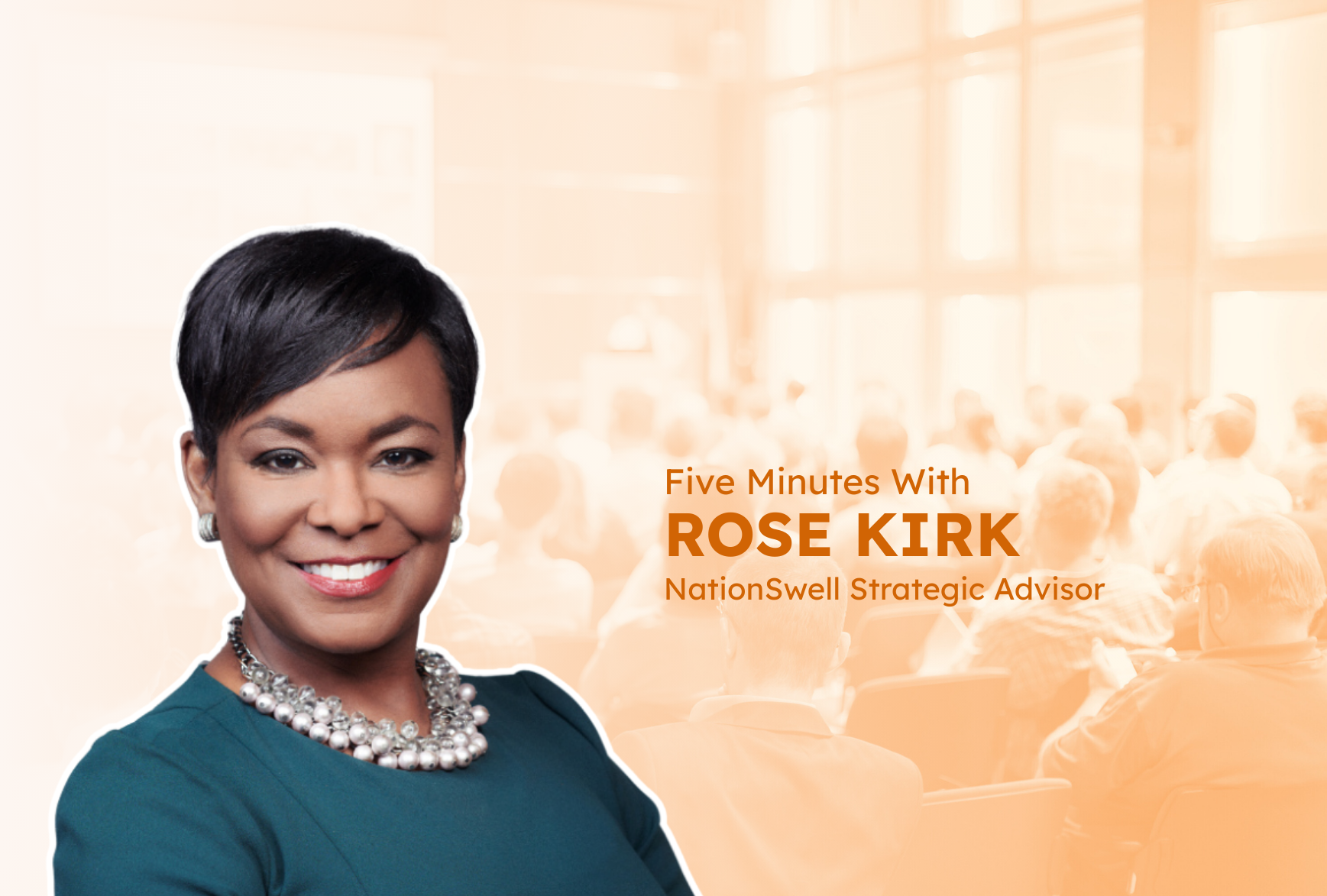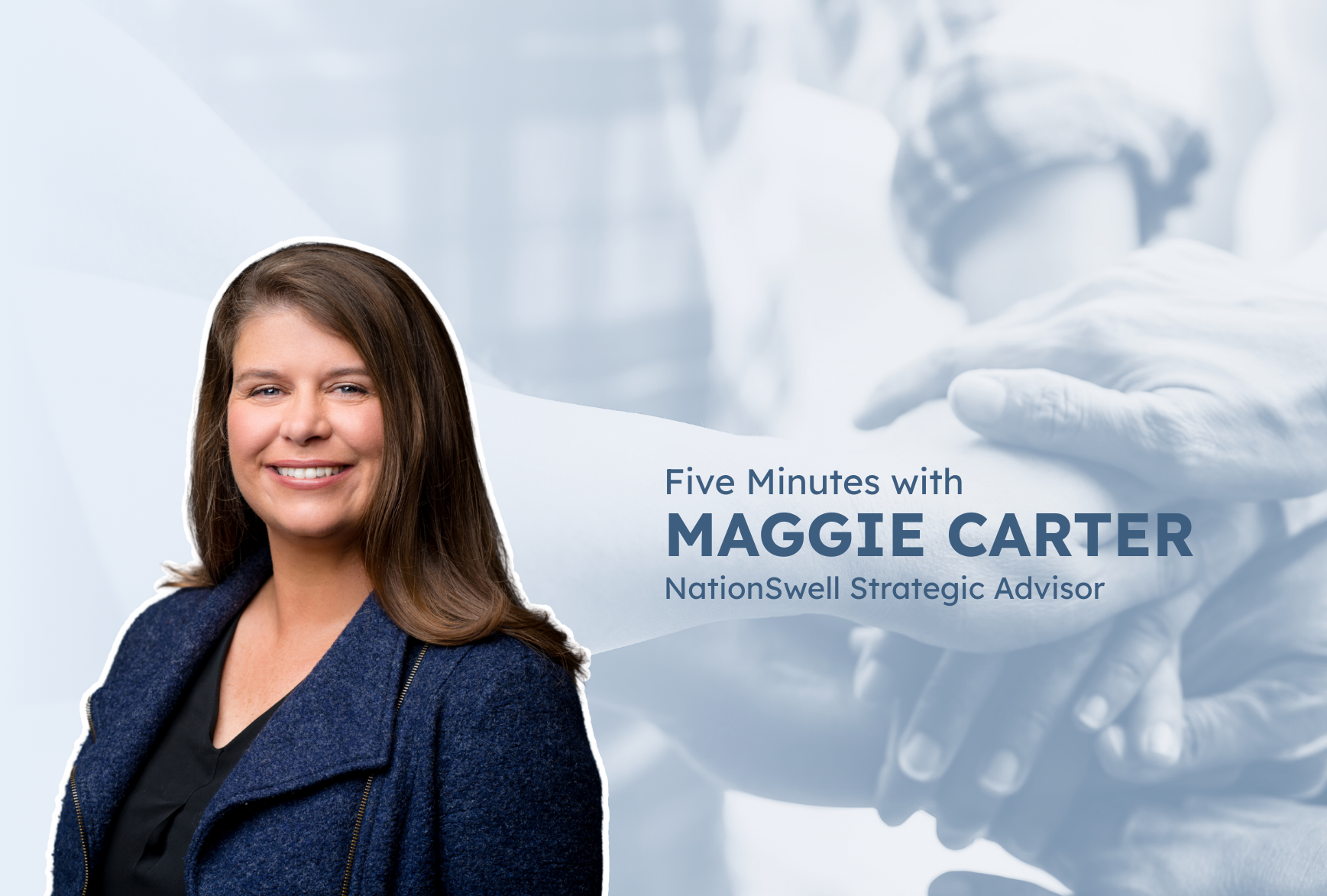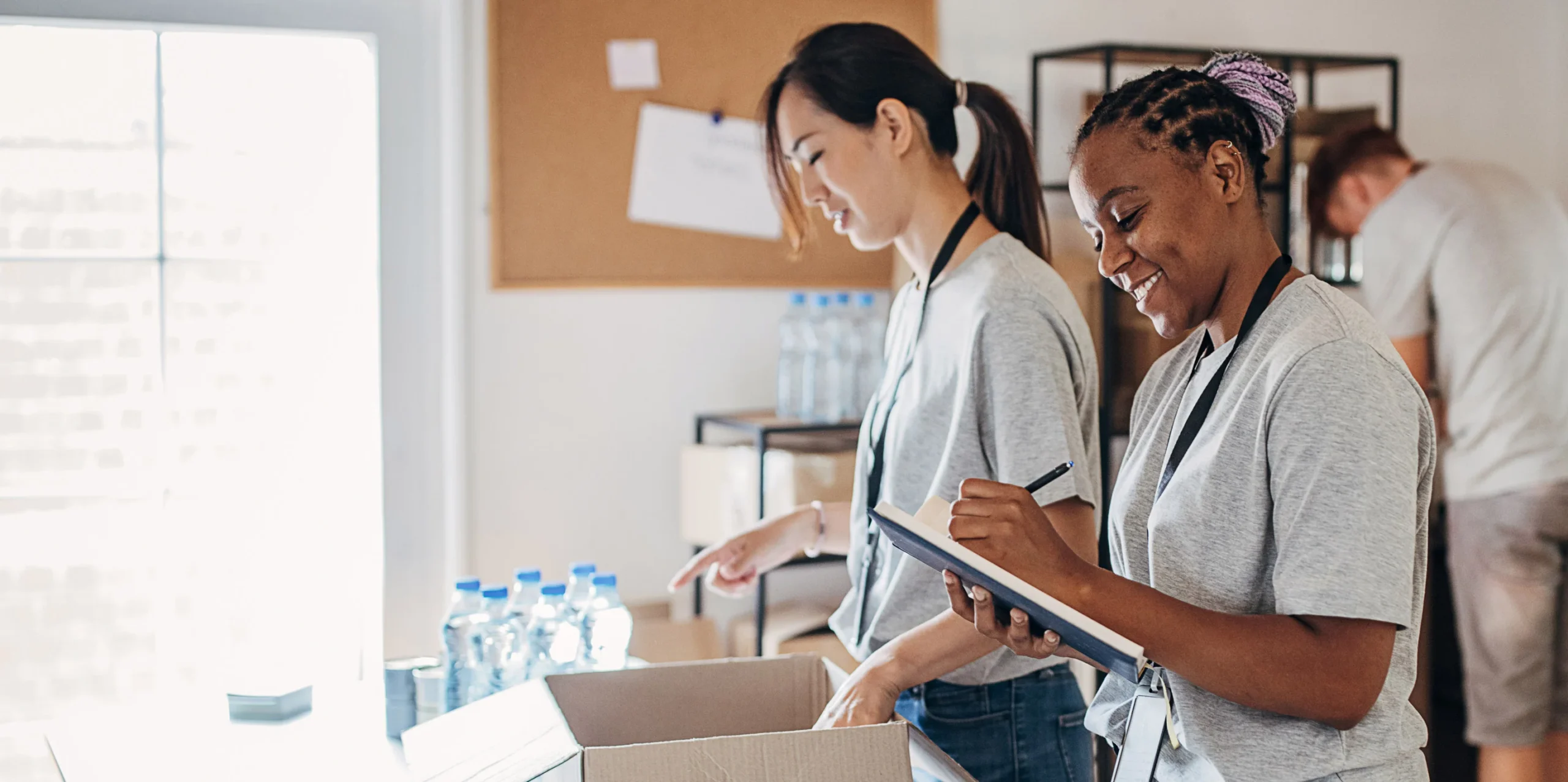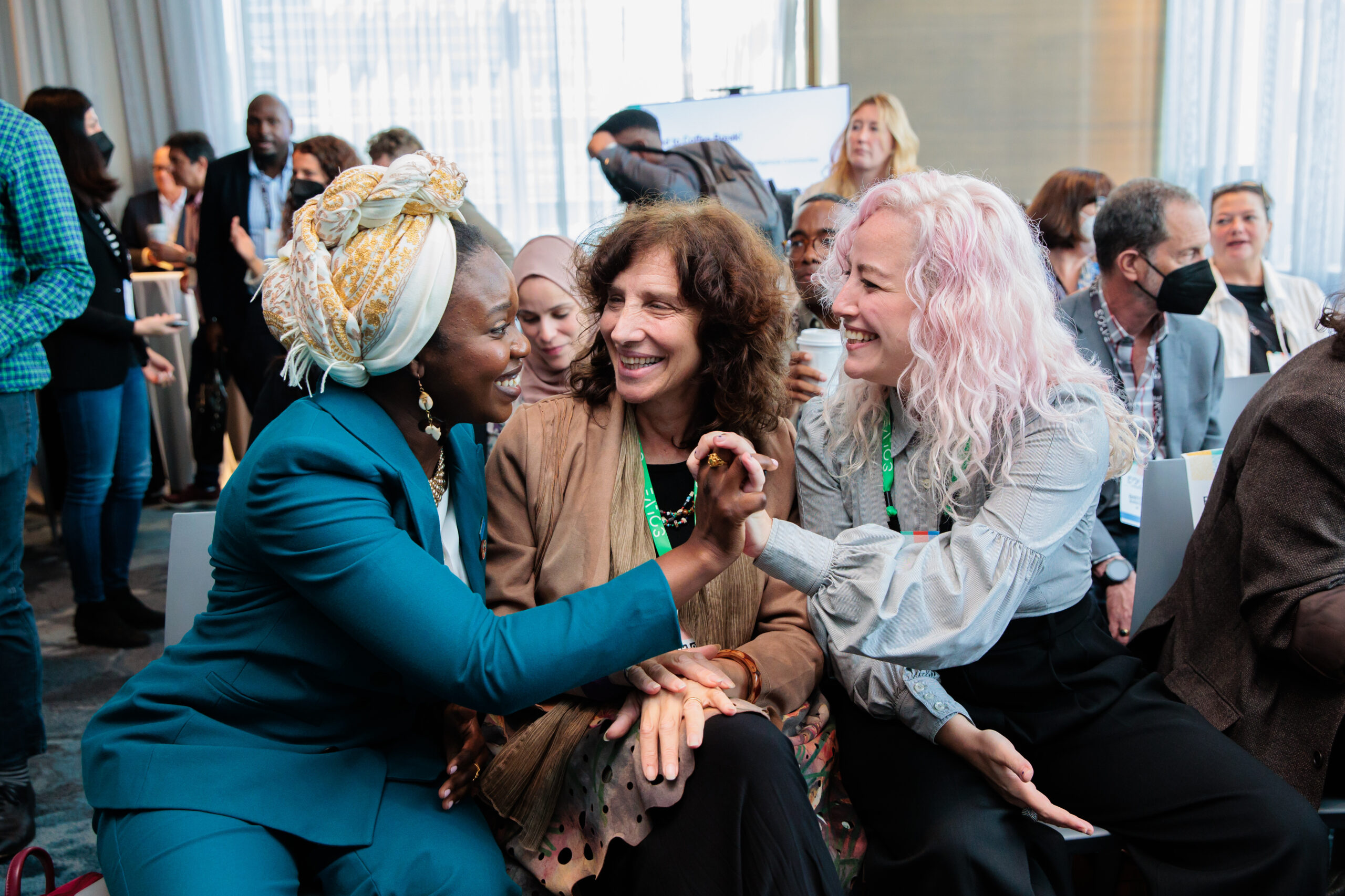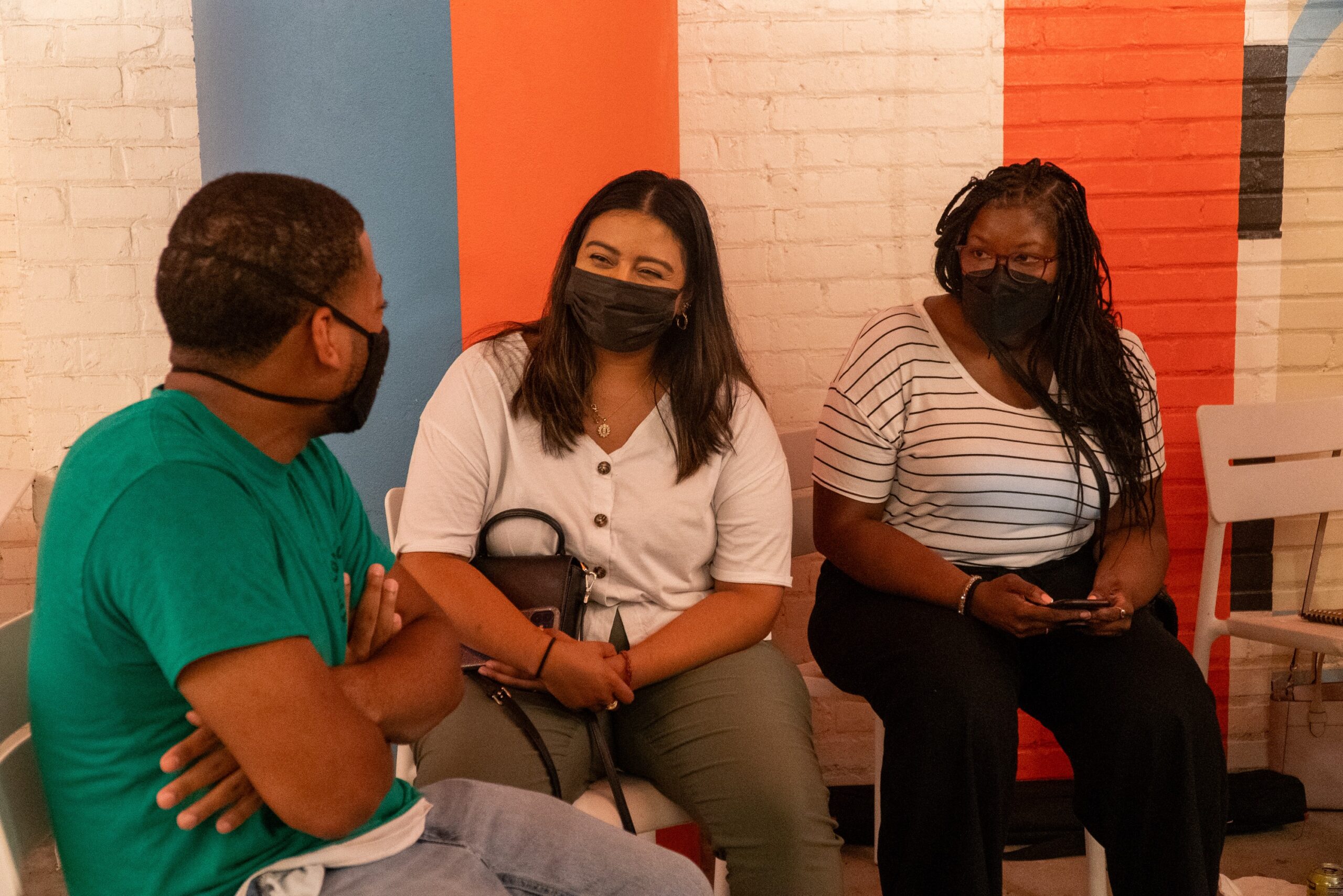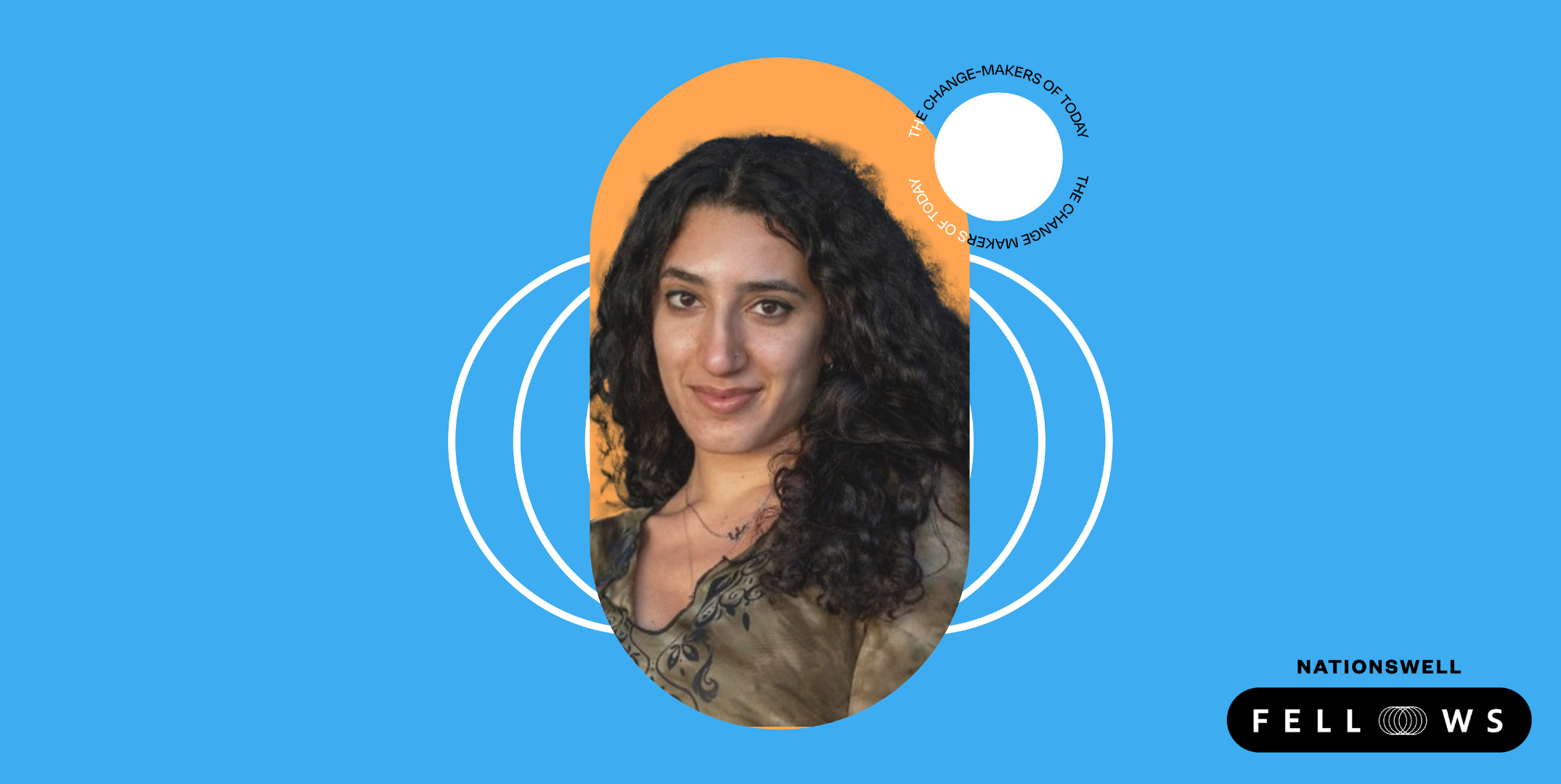As technology continues to reshape every industry, too many workers and communities are at risk of being left behind. The Digital Opportunity Playbook, developed by the Tata Consultancy Services’ Digital Empowers team with partners across business, government, and the nonprofit sector, offers a practical roadmap for closing that gap. Drawing on insights gleaned from more than 70 leaders nationwide, the playbook outlines four “plays” that help communities and employers move from access to agency: expanding digital inclusion, strengthening K–12 STEM, building digital confidence, and reskilling adults for meaningful careers.
At a moment of rapidly shifting workforce needs, the Digital Opportunity Playbook is designed to help industry and community partners act together to align economic growth with equity by ensuring digital skills and pathways are accessible.
For this installment of Five Minutes With… NationSwell sat down with Katie Levey — Global Program Director of Digital Empowers — to learn about how the playbook came together, what it reveals about the future of work, and where the work is headed next.
NationSwell: Can you give us an overview of the playbook’s scope — how does it build upon TCS’s legacy of community investment?
Katherine Levey, Global Program Director, Digital Empowers: TCS has a long history of supporting underinvested communities’ entry into the digital economy through STEM, literacy, entrepreneurial and career readiness programs.
Digital Empowers builds on that legacy by bringing together stakeholders across sectors to collaborate on these issues. Sometimes that looks like research, insights, and webinars; other times, it looks more like collective action with partners who are working toward specific solutions in STEM, digital opportunity, or workforce readiness.
Before moving forward with the playbook, we spoke with 70 leaders from business, government, and nonprofits across the U.S. to help us understand where the need was greatest. From those conversations, we identified four key themes, or “plays,” that form the foundation of our work: expanding digital inclusion, strengthening K–12 STEM, building digital confidence, and reskilling adults for high-demand careers.
NationSwell: What makes the playbook unique — how does it stand apart from other reports or initiatives in the space?
Levey, Digital Empowers: Unlike many white papers, the playbook draws on interviews with a wide cross-section of stakeholders to define problems as communities and industry see them together. The process took a lot of time, all of which proved to be a valuable investment. It gave us a really strong pulse check on shifting needs and perspectives. The findings now serve as a foundation for collaboration through regional events and the new national Digital Opportunity Council.
The response from stakeholders has been consistent as we’ve shared elements of the playbook: Across companies and communities, there’s strong alignment around ideas related to workforce reskilling needs. These aren’t abstract “future of work” conversations anymore — the challenges are here and now. With limited funding and increasing constraints, collaboration is essential, and this initiative is designed to create the partnerships needed to address them.
NationSwell: During the course of those interviews, did you uncover any particularly surprising insights that might be surprising to readers?
Levey, Digital Empowers: Two points really stood out for us: First, in the workforce, there’s growing recognition that, while four-year degrees remain important, alternative pathways are critical for the many people who can’t immediately access a bachelor’s degree. Companies are increasingly exploring credentialing, learn-to-work programs, and apprenticeships as viable routes to support opportunity.
Second, when we talk about STEM education, we’re not just talking about technical skills anymore. There’s a strong push to integrate social and emotional learning — soft skills like problem solving, leadership, communication, and the ability to collaborate and contextualize work. What surprised me is how often practitioners emphasized that this isn’t a “nice to have”; it’s essential. To ground AI and other technologies in the real world, people need both technical literacy and human skills. Teaching STEM proficiency alone isn’t enough. Without addressing barriers to areas like resilience and belonging, these technical skills can only go so far. The combination of STEM and social-emotional learning is what truly prepares people to thrive.
NationSwell: How does TCS define its role in shaping inclusive digital ecosystems, and what do you see as your responsibility beyond the private sector?
Levey, Digital Empowers: This work is really part of our DNA. TCS’ parent group, Tata Sons, was founded in 1868 with a vision to help India grow and develop. As the company grew into a global enterprise, Tata has invested in communities through skilling, literacy, and partnerships with diverse populations around the world, and that legacy of community investment continues to shape how we operate today.
With Digital Empowers, our focus is on building an inclusive ecosystem by working with communities rather than imposing solutions. While we run STEM-education, literacy and other programs nationwide, this initiative — and the playbook — has been more about listening: we’re gathering feedback, learning from different perspectives, engaging stakeholders closest to the issues, and bringing corporate partners into the fold. Through regional events and advisory councils, we’re ensuring collaboration is built in at every step.
NationSwell: What are the next steps for Digital Empowers after this report — and what are your call-ins for the NationSwell community?
Levey, Digital Empowers: Digital Empowers is launching a series of regional events, Collaborating for Connected Futures, in New York, Detroit, Chicago, and Dallas to take the playbook deeper at the community level. The first, held in New York during UN Week, will bring civic, industry, and nonprofit leaders together to explore digital inclusion, hear directly from community voices, and spark new partnerships that adapt the four “plays” locally.
In parallel, we’re also establishing the Digital Opportunity Council — a national forum of companies and select nonprofits committed to expanding digital opportunity and workforce development. Designed to be light on time but high on impact, the Council will focus on digital skills, workforce readiness, and community partnership, with members connecting regularly to co-define problem statements and co-design informed solutions. We are currently accepting partners interested in serving on the Council.
To learn more about opportunities to get involved, reach out here.
